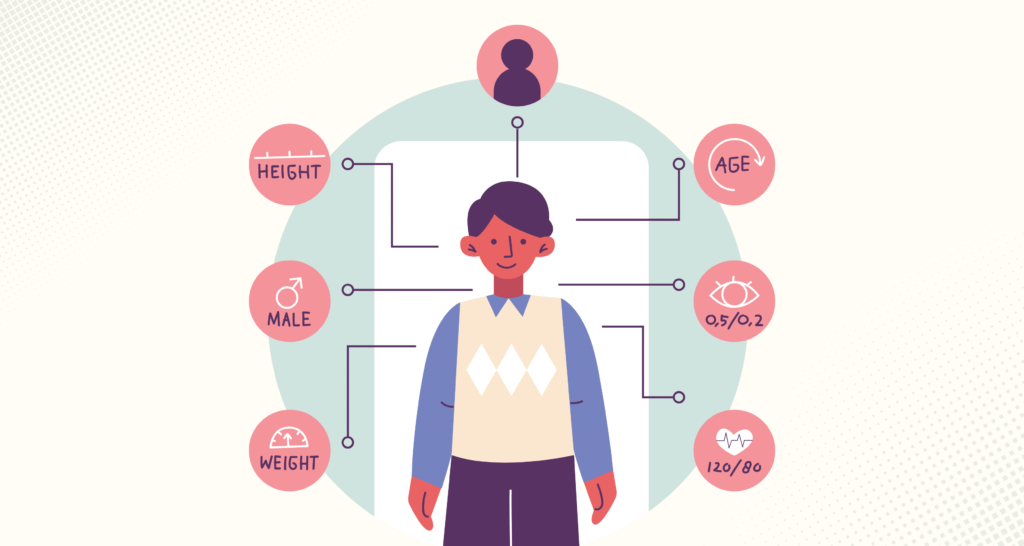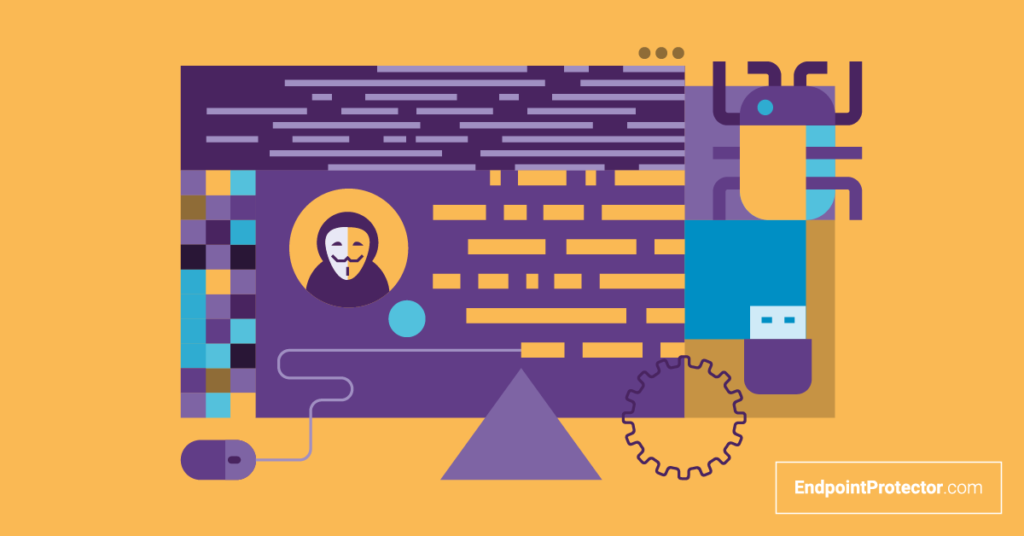Software tools that identify and protect Protected Health Information (PHI) are crucial for ensuring compliance with regulations, enhancing security, and preventing data breaches in healthcare.
This article explores the significance of software tools that identify PHI and how they play an essential role in data security and regulatory compliance.
What is PHI?

Protected Health Information (PHI) is any information that can be linked to a specific patient, including:
- Personal Identifiers: Names, addresses, and Social Security numbers.
- Medical Information: Diagnosis, medical history, treatment plans, and lab results.
- Health Insurance Data: Information regarding health insurance coverage, claims, and payments.
PHI is highly sensitive, and unauthorized access or disclosure of this information can lead to severe legal and financial consequences for healthcare providers, insurance companies, and other entities handling such data.
The Importance of Identifying PHI in Digital Systems:
Given that healthcare records are increasingly stored digitally, identifying PHI is crucial for protecting patient privacy and meeting legal obligations. Software tools designed to identify PHI help organizations:
Also Read: Is Cxt A Transportation Management Software – Key Features Explained!
- Ensure HIPAA Compliance: PHI must be handled according to the HIPAA Privacy Rule and Security Rule to prevent penalties.
- Mitigate Data Breaches: Identifying PHI helps reduce the risk of unauthorized access and potential data breaches.
- Streamline Data Handling: Helps organizations classify and handle sensitive data appropriately, preventing unnecessary exposure.
Inaccurate handling of PHI, such as storing it improperly or allowing unauthorized access, could lead to data breaches, loss of trust, and legal actions. Software solutions to detect and protect PHI are indispensable for modern healthcare systems.
Features of Software Tools to Identify PHI:

Several key features make software tools effective at identifying and managing PHI.
Automated PHI Detection:
Modern software tools use sophisticated algorithms to automatically scan large volumes of data for sensitive information, including:
- Structured Data: Identifying PHI in structured formats such as electronic health records (EHRs) or insurance claims.
- Unstructured Data: Scanning unstructured data, including PDFs, emails, and text documents, for any reference to PHI.
Data Redaction:
Once PHI is identified, the software often includes redaction features to remove or obscure sensitive data from documents. Redaction ensures that only authorized users have access to complete information, protecting patient privacy.
- Text Redaction: Deleting or masking sensitive data in text documents.
- Image Redaction: Removing sensitive information from images such as X-rays or scanned documents.
Advanced Search Capabilities:
Software tools to identify PHI include powerful search functionalities, enabling users to:
- Search Across Multiple File Types: Search across various formats like PDFs, Word documents, and Excel files.
- Pattern Recognition: Look for common patterns that typically indicate PHI, such as dates, medical codes, and patient identifiers.
User Access Controls:
In addition to detecting PHI, the best software includes user access controls to limit who can view or interact with sensitive information. This feature ensures that only authorized personnel can access PHI, reducing the risk of data leaks.
- Role-Based Access: Limit access based on job roles or responsibilities.
- Audit Trails: Track and log user activity to ensure compliance with security policies.
Data Encryption:
Encryption of PHI is a key feature to protect sensitive data both during storage and transmission. Software that detects and encrypts PHI ensures that data remains secure even if it is intercepted or accessed by unauthorized parties.
- Encryption of Storage: Encrypt files that contain PHI while they are at rest.
- Encryption of Transmission: Encrypt data in transit to prevent interception.
Popular Software Solutions for Identifying PHI:
Several software solutions are available for healthcare organizations to identify and protect PHI. These tools provide a wide range of features to enhance compliance with regulations and minimize risks. Some notable software solutions include:
Also Read: Why Doesnt My Capturing Software Capture My Microphone – Step-by-Step Troubleshooting Guide!
Varonis:
Varonis is a leading data security and analytics software that offers robust tools for identifying PHI across enterprise data. It uses machine learning algorithms to scan data sources for sensitive information and provides a comprehensive overview of data access and movement.
- PHI Identification: Automatically detects and classifies PHI across multiple systems.
- Real-Time Alerts: Sends alerts when PHI is accessed or shared inappropriately.
- Reporting and Compliance: Helps organizations comply with HIPAA and other privacy regulations.
Symantec Data Loss Prevention (DLP):
Symantec’s DLP software helps organizations protect sensitive information by identifying, monitoring, and securing PHI. It scans a variety of data sources and ensures that sensitive health information is not exposed or mishandled.
- PHI Detection: Detects PHI in emails, documents, and databases.
- Data Leak Prevention: Prevents accidental or intentional leakage of PHI.
- Policy Enforcement: Enforces security policies to maintain compliance.
Vera:
Vera’s data protection platform offers PHI identification and protection features to safeguard sensitive healthcare data. It integrates with existing IT infrastructure to provide security without disrupting workflows.
- PHI Identification: Scans files and emails for sensitive information.
- Access Control: Provides fine-grained access control to PHI.
- Tracking and Monitoring: Tracks how PHI is used and accessed within the organization.
Digital Guardian:
Digital Guardian specializes in data protection and privacy, offering solutions that identify and secure PHI across healthcare organizations. It combines content inspection with behavior analysis to protect sensitive information.
- Content Inspection: Identifies PHI in structured and unstructured data.
- Advanced Analytics: Uses behavior analytics to detect abnormal activities around PHI.
- Real-Time Protection: Monitors and protects PHI in real time to prevent unauthorized access.
Challenges in Identifying PHI:

While software tools have made it easier to identify and protect PHI, there are still some challenges organizations face.
Volume of Data:
Healthcare organizations often deal with vast amounts of data, including both structured (like EHRs) and unstructured (like emails and PDFs) data. Scanning this large volume of data for PHI can be time-consuming and resource-intensive.
Data Privacy Laws Variability:
Different regions have varying privacy regulations regarding PHI. While HIPAA applies in the United States, other countries have their own laws (like GDPR in Europe) that may require different compliance strategies. Software must be flexible enough to adapt to various regulations.
False Positives:
Automated software tools might occasionally flag data that is not actually PHI, leading to false positives. This can result in unnecessary reviews, reducing the overall efficiency of the software and potentially causing delays.
Evolving Security Threats:
As technology continues to evolve, so do cyber threats. Healthcare data is often a prime target for cybercriminals, and identifying PHI in environments with increasingly sophisticated attacks remains a constant challenge.
Benefits of Identifying PHI Through Software:
- Enhanced Security: Software that detects and protects PHI helps reduce the risk of breaches and data leaks.
- Compliance with Regulations: Automated detection simplifies compliance with laws like HIPAA and GDPR.
- Improved Efficiency: Identifying PHI early in the process reduces the manual effort required to maintain security and compliance.
- Reduced Legal Risk: Proper identification of PHI minimizes the chances of costly legal issues due to data breaches or non-compliance.
FAQ’s
1. What is PHI, and why is it important to protect it?
PHI refers to any health-related information linked to a specific individual. Protecting PHI is critical to maintain patient privacy and comply with laws like HIPAA.
2. How does software detect PHI?
Software detects PHI by scanning data for personal identifiers, medical information, and health insurance data using algorithms and pattern recognition.
3. Can software protect PHI from unauthorized access?
Yes, software tools provide features like encryption, access control, and real-time monitoring to prevent unauthorized access to PHI.
4. What are some challenges in identifying PHI?
Challenges include managing large volumes of data, dealing with varying privacy regulations, false positives, and adapting to evolving security threats.
5. How can PHI identification software help with compliance?
PHI identification software helps organizations comply with regulations like HIPAA by automating detection, monitoring, and reporting of sensitive data.
Conclusion
Identifying and safeguarding PHI is crucial for healthcare organizations. Software tools that detect and protect PHI offer vital features for compliance, security, and efficiency. These tools help prevent breaches, ensure regulatory compliance, and secure sensitive data. As healthcare continues to digitize, such tools are essential to maintaining patient privacy and security.
Related Posts
Also Read: How Is The FBI Connected With Soft Software Development – FBI & Cybersecurity Software!
Also Read: BMW Software Update – The Future of Automotive Technology!
Also Read: Photo Organizing Software – A Comprehensive Review!



